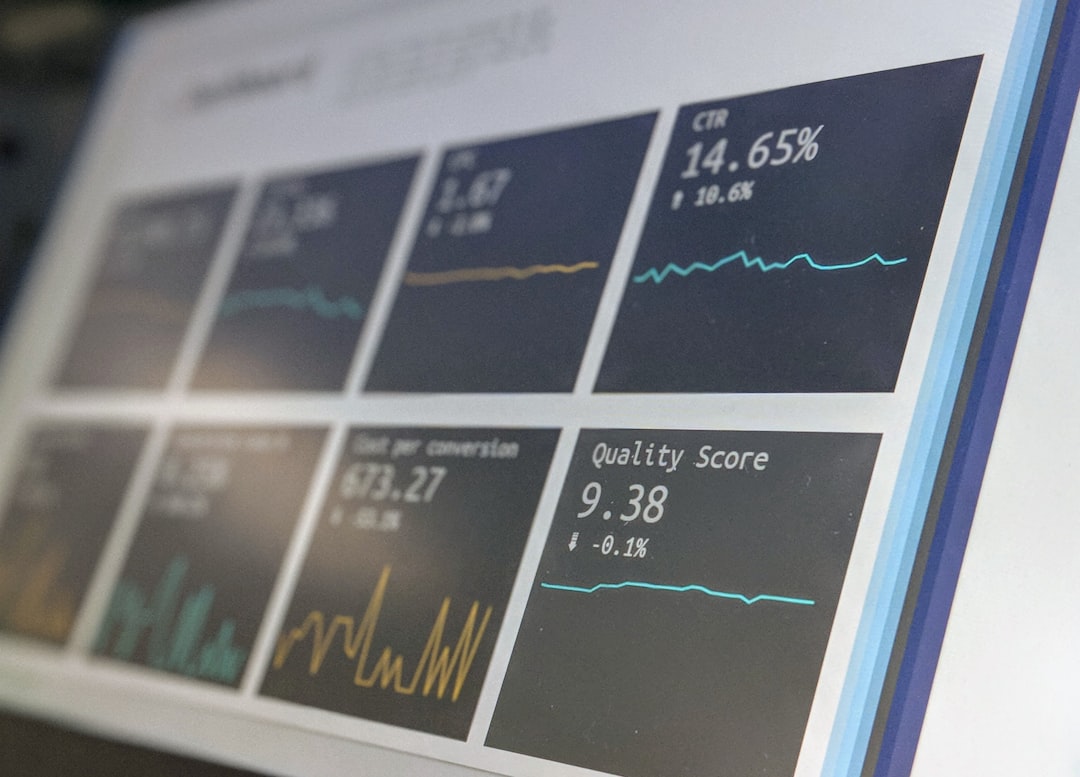
Central Bank Policies and Their Impact on Economic Growth.
# Introduction. Central banks play a pivotal role in the economic framework of any country. Their policies, particularly related to interest rates, inflation control, and liquidity, can significantly influence economic growth. Understanding how these policies interact with various economic factors can provide insights into the health and direction of the economy. This blog post aims to explore the relationship between central bank policies and economic growth, examining both the theoretical frameworks and real-world examples. # Understanding Central Bank Policies. Central banks are responsible for managing a nation’s currency, money supply, and interest rates. They use various tools to influence economic conditions, primarily through monetary policy. This typically involves setting interest rates to achieve macroeconomic objectives such as controlling inflation, consumption, growth, and liquidity. The most common tools include open market operations, the discount rate, and reserve requirements. For example, when a central bank lowers interest rates, it becomes cheaper for consumers and businesses to borrow money. This can lead to increased spending and investment, stimulating economic growth. Conversely, raising interest rates is often a measure taken to curb inflation, which can slow down economic activity. Each decision made by a central bank can trigger a ripple effect throughout the economy. # The Impact of Monetary Policy on Economic Growth. The effectiveness of monetary policy in fostering economic growth is widely debated among economists. Proponents argue that a well-timed and well-implemented expansionary policy can lead to an economic boom. For instance, during the 2008 financial crisis, central banks worldwide lowered interest rates to stimulate borrowing and spending to counteract economic downturns. However, it's essential to recognize that while these policies can provide short-term relief, they can also lead to long-term consequences such as asset bubbles and income inequality. Critics of expansive monetary policies argue that they can distort economic signals, leading to inefficient resource allocations and unsustainable growth rates. Hence, it becomes crucial to balance stimulating growth without incurring adverse effects. # Inflation Targeting and its Proponents. Inflation targeting is a monetary policy framework where a central bank has a publicly announced level of inflation that it aims to achieve. Proponents argue that it introduces transparency, accountability, and predictability to monetary policy, which can enhance economic stability and growth prospects. Countries like New Zealand and Canada have successfully implemented such policies, resulting in lower inflation rates and significant economic stability. By providing a clear target, central banks can help manage inflation expectations, which can influence consumer and business confidence, ultimately leading to more robust economic growth. # The Role of Central Banks During Economic Crises. Central banks often become the mainstay during economic crises, as evidenced during the COVID-19 pandemic. The rapid responses seen from central banks, including quantitative easing and credit easing measures, were designed to inject liquidity into the economy to ease the financial burden on businesses and individuals. This response aimed to stabilize markets, avoid bankruptcies, and keep economies afloat during turmoil. Such measures highlight the critical role central banks play not just in steering economies during normal conditions, but also during shocks. The long-term effects of these interventions are still being studied, but the immediate benefits of maintaining liquidity cannot be understated. # Conclusion. In conclusion, central bank policies profoundly impact economic growth. Their strategies on interest rates, inflation targeting, and crisis management all intertwine to shape a nation's economic landscape. While expansionary policies can stimulate growth and stabilize economies in crises, they must be monitored for potential long-term repercussions. Thus, understanding these dynamics is essential for anyone engaged in or affected by economic policies. As central banks navigate the complexities of their roles, it remains critical for them to strike the right balance between fostering growth and ensuring economic stability. .









